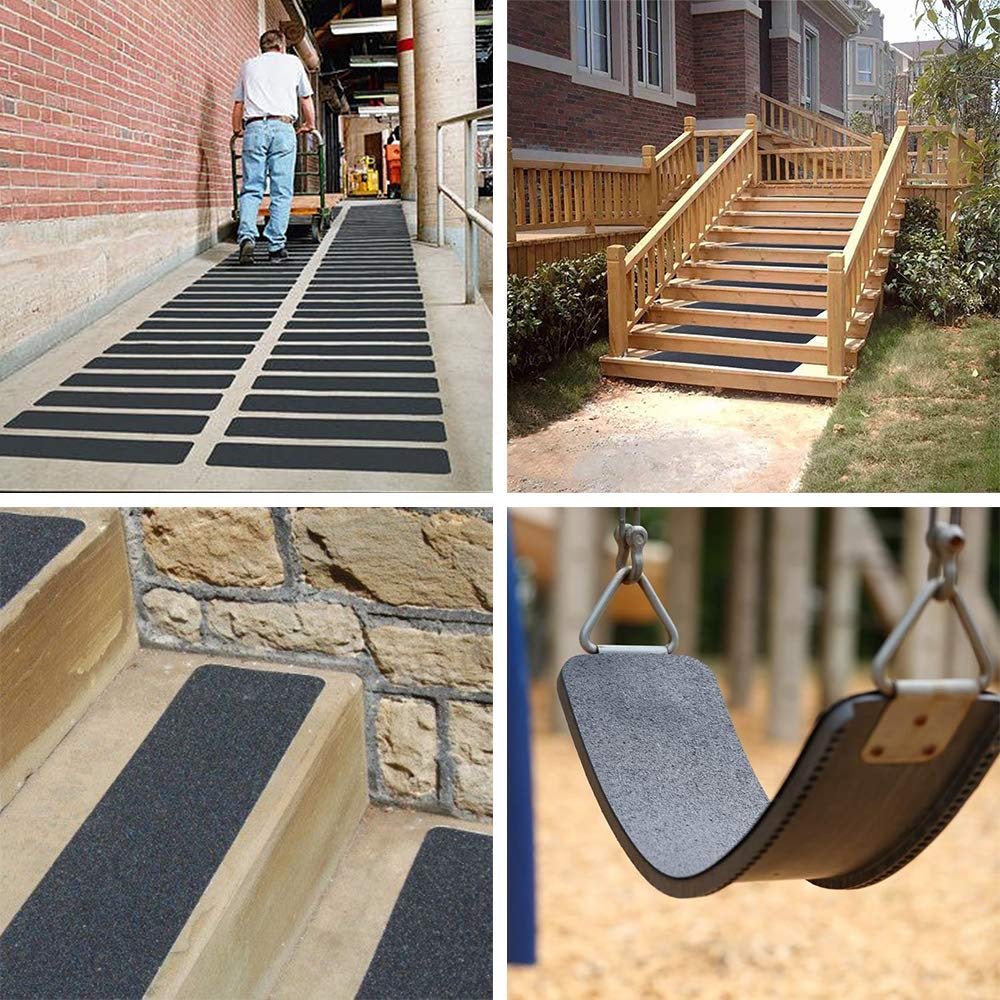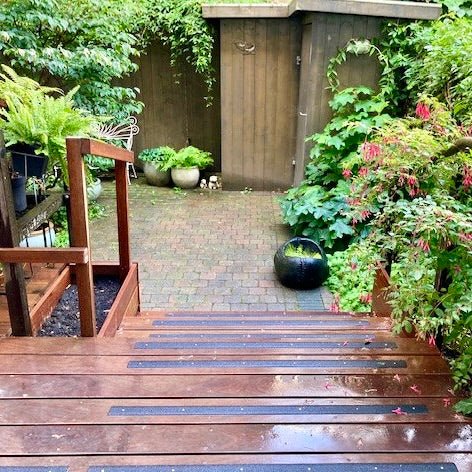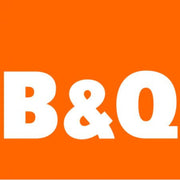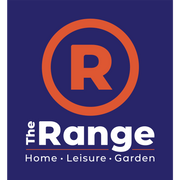Over recent years, Slips Away has significantly developed our range of anti-slip tapes. Starting off with standard anti-slip tapes of different widths and anti-slip matting, we have recently added conformable anti-slip strips on a roll and anti-slip treads for use on uneven surfaces like checker plates.
Slips Away now also offers aluminums-backed anti-slip stair treads and photo-luminescent non-slip tapes, both of which utilise the same course, near diamond-hard aggregate finish for maximum safety.
The final section of this range is our non-abrasive anti-slip tapes for use in swimming pools, gyms, and any other area where the public may attend.
All our anti-slip tapes and anti-slip matting are available on a 24 hours turnaround.
Slips Away's range of anti-slip items is extremely versatile. While a majority of the items are ordered for use on stairs, there are many places where the anti-slip tapes, cleats, and other items could be utilised.
Stairs
Slips Away have become the expert in anti-slip solutions for stairs. Using our tape rolls, bolt-down strips, or stair nosing, we are certain that we can help create a safer environment for your stairs, whether indoors or out.
Wet-rooms
In a sauna, shower room, gym, leisure centre, or hospital, there are certain wet areas that have both a high risk of slipping and high levels of barefoot traffic - often those of young children or vulnerable adults. For this reason, Slips Away now champions a Foot Friendly range of non-abrasive anti-slip tape. This tape is both kind on bare skin and high coefficient of friction, meaning there is less chance of losing grip underfoot.
Hills
In your school, yard, or grounds, steep inclines and declines can be extremely dangerous, especially in the winter months. For this reason, it may be advised to utilise Slips Away's anti-slip range. Using tape, cleats, or bolt-down plates, it is cost-effective and simple to install a solution that can minimise the risk of damage to vehicles and also reduce the risk of accidents on foot.
Care Homes
In care homes, the majority of residents are older, more vulnerable people who would really benefit from having anti-fall measures in place. Despite its useful nature, a disabled access ramp can become extremely dangerous underfoot in cold or icy weather. Anti-slip tapes can help prevent falls and slips.
Sports Halls
Due to the range of sizes, styles, and colours, many of Slips Away's existing clients have taken to marking their sports halls and courts using anti-slip marking. This manages to add an additional level of safety while retaining aesthetics. White, yellow, and multiple other colours are available from stock.
Warehouses
Slips Away has recently supplied tape, markings, and anti-slip floor signage to a large warehouse in the West Midlands. This particular client was keen on the belt and braces approach to safety and utilised both anti-slip tape as bay marking, alongside coarse surface Forklift Truck signs and numbers to mark bays.
Safe condition
As well as the common yellow warning tape and red prohibition marking, Slips Away also has a range of glow in the dark (Photo-luminescent) anti-slip tape. This can help minimise the risk of injury, both day to day and in panicked fire evacuation situations, as well as help guide people in the event of an emergency.
Of course, the need for anti-slip solutions is as varied as the products that combat it. It is down to an organisation’s management to deem what is necessary. After all, very few people are going to install a full floor of anti-slip tape. Using slip-resistant tapes, cleats, and plates can help minimise the risk of injury and therefore help comply with the following pieces of legislation:
The Health and Safety at Work etc Act 1974 (HSWA) "Employers have a duty to take care of their own health and safety and that of others and must use any safety equipment provided."
The Management of Health and Safety at Work Regulations 1999 (Regulation 3) Builds on the above, requires employers to assess risks, including those of slips, trips, and falls.
The Workplace (Health, Safety, and Welfare) Regulations 1992 (Regulation 12) Requires floors to be suitable, in good condition, and free from obstructions. People should be able to move around safely.
For more information on the above and how it affects you, see the HSE website here.
With regard to finish, Slips Away has a range of types of anti-slip to suit any application. All of the following are complete with our Ultra-Strong adhesive, meaning that proper installation provides a long-lasting, effective anti-slip surface.
1. Non-Abrasive (Least coarse)
These tapes, strips, and sheets are for use in wet areas, times, and other areas with high levels of barefoot traffic. Its finish is both effective and foot-friendly.
2. Coarse (More coarse)
This tape is for use in areas with relatively low levels of pedestrians, pallet trucks, or forklifts. Most commonly used internally, but absolutely suitable for outdoor use. If the area is particularly slippery or prone to ice, it may be worth using the X-Coarse version to further minimise risk.
3. Extra Coarse (X-Coarse) and XXL Coarse (Most coarse)
This tape utilises far larger aggregates to provide the ultimate in traction. Its 'diamond hard' finish means it is perfect for use in high traffic warehouses or for use in areas which regularly become wet or icy.
As well as multiple finishes, Slips Away's range of anti-slip solutions also has many styles:
Tapes
Generally supplied in 18.3-meter rolls, Slips Away has a range of tapes, spanning 25mm to 610mm wide, to suit almost any application imaginable. As stock items, we can ship most sizes in nine colours, often on a next-day basis. There really is a solution for any anti-slip need. These tapes can safely be used inside or outside and in the following colours from stock;
Black – The most common. Often used in school halls.
Yellow – Used to highlight an area or mark warehouses.
Yellow/Black Chevrons – Used to mark hazardous areas in line with BS EN ISO 5499 Colours.
Clear – Used in premium areas where aesthetics are very important.
Red/White Chevrons – Used to mark prohibition. Generally for areas not accessible without authorisation.
Red – Used to mark out a fire equipment area or work with branding guidelines.
Blue – Often used in hospitals or swimming pool areas.
Grey – Used as a subtle addition to a corridor or walkway. Again for aesthetically aware areas.
Brown – Used on wooden floors or to fit with décor or corporate branding
White (Glow in the dark) – Used to mark safe condition areas such as fire exits, refuge areas, etc.
White/Black Chevrons (Glow in the dark) – Again, for safe condition marking. Often used to mark final fire exits, stairways, or extinguishers.
Tile Squares
Slips Away has a specialised range of tile squares. Supplied in packs of ten, in black, yellow, and transparent finishes, these kits can help aid safety in kitchens, shower areas, and other places with high levels of risk and foot traffic. They are also stocked
in non-abrasive variants, Slips Away's Foot Friendly barefoot anti-slip finish.
Cleats/Treads
Similar to tapes, these adhesive-backed strips are supplied in 610x150mm strips and are available in hazard warning colours, with optional CAUTION or WATCH YOUR STEP messages. These strips are often used to mark safe walkways for pedestrians.
Plates
For decking or other uneven surfaces, Slips Away stocks a range of bolt-down plates. At 365x115mm, these plates are a perfect solution to anti-slip in areas that are often dangerous when wet, such as garden decking, wooden steps, or areas around canals or locks. These plates are available in yellow, black, or a hazard warning chevron combination of both. A video detailing the installation can be seen here.
Stair Nosing
Similar to the plates, these bolt-down treads simply sit at the lip of your stairs, creating a safe passage for any passers-through. We also have a GRP version, which can be cut to size and boasts excellent friction, even in wet or oily areas.
Primer and Sealant
For more troublesome surfaces or areas with very high levels of traffic, it may prove useful to use primer and/or sealant. Slips Away's primer is used to treat areas such as concrete, stone, or wood, that naturally have porous surfaces. This primer allows a more consistent bond between the floor and adhesive. Sealant adds an extra layer of grip around the edges of tapes and cleats, minimising the risk of damage from shuffling feet, cars, pallet, or forklift trucks. Please consult installation guides before using either of these items.
Why anti-slip tape?
It is easy to see that anti-slip tape is a step towards a safe environment, but why should you install it?
Firstly, this tape is easily installed in a short amount of time. This means a much simpler solution than anti-slip paint, which may require a warehouse be shut down, emptied, and re-fitted. It also minimises waste, by only being installed in problematic areas.
While in some cases, it may prove wiser to use thermoplastic marking, in a large majority of cases, tape is an easier, cheaper, and less disruptive solution. Again, anti-slip tape can be installed using no training, specialist equipment, (though it may prove useful to use our straight line tape marker) and without stopping production, packing, or blocking off an area until safe.
Due to the cost-effectiveness of Slips Away's anti-slip tapes, as well as the option of photoluminescence, this can be used as a ‘One stop shop’ for any hazard, prohibition, or safe condition area marking. This means that using one item can help comply with a plethora of best practices and legislation, as well as keeping everybody safe and well informed of risk, which is the most important part after all.
On the flip side, where aesthetics are important, Slips Away also stock transparent and coloured tapes, which allow you to fit branding into your health and safety regimen. We can also provide tape to any colour reference (RGB, CMYK, Hex, Pantone) - although lead times will naturally be slightly increased.
As well as custom colours, we can also cut to size. We can cut lengths, widths, and even shapes. One client required footprint shapes, which we were able to provide quickly and at a cost that surprised even the sales team! Furthermore, being heavily involved in print, we can also add bespoke text to your cleats, strips, and tapes.
A benefit of anti-slip tape is that it is fairly easily recognisable. This means that people are, without thinking about it, likely to have slipping in mind. This creates an almost placebo-like effect, where pedestrians are watching their step as well as having the anti-slip safety net underneath.
Installation
Installation is without a doubt the most important part of anti-slip solutions. By cutting corners or rushing, it is very easy to create a solution that is either short-lived or actively unsafe. To avoid this, simply follow the installation sheet provided or use the following steps;
1. Ensure the surface is dry, flat, and clean.
It is advised to clean, brush, and dry the surface before installing tape. Any remnants of dust, dirt, or other impurities may create air bubbles in the adhesive, reducing its lifespan. If you are installing on wood, concrete, or another porous surface, it may be worth using a primer. It may go without saying, but installing in the rain is not advisable at all. For more problematic areas, why not use bolt-down plates?
2. Install the tape flat, with no creases or bubbles.
Again, creases and bubbles create air pockets, which will reduce the lifespan of the tape or cleat significantly. It is always worth taking the care to install properly, rather than having to reinstall at a later date. To avoid issues such as this and ensure a flat install, Slips Away's tape roller can help provide straight and flat lines with ease. Of course, some surfaces are naturally not flat. For these areas, such as chequer plate, Slips Away's conformable tape is ideal.
3. Is sealant necessary?
If the area is likely to have high levels of foot traffic or regular forklift or pallet truck traffic, it may be wise to use a sealant around the edges. While the adhesive is extremely strong, using an edge sealant minimises the risk of the tape being kicked up by feet or wheels, thus extending its lifespan and preventing a trip hazard.
4. Leave to dry
Once installed, Slips Away's tape is ready to use. However, it is a good idea to leave the tape, strip, or cleat to dry (ideally overnight for larger areas) just to ensure that the adhesive is set properly and evenly.














